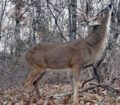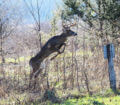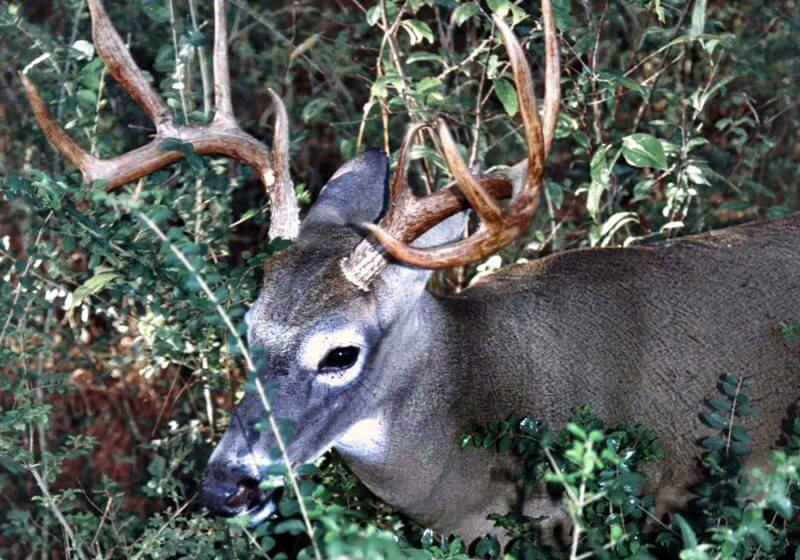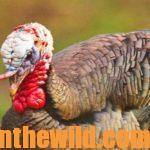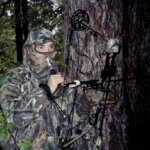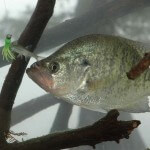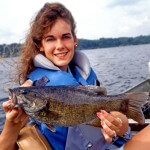Editor’s Note: Many deer hunters are accurate shots. Other hunters are superb woodsmen who identify the deer’s feeding, bedding and traveling areas. But being able to locate deer and harvest them are only two-thirds of the requirements for taking deer. To get a shot, the deer must come within bow or gun range and present the shot. Of course stand position is important. However, often mature bucks will walk through an area without well-established trails to hunt over, or there may be two or three trails coming into a region with no way to determine which trail is the best one to set-up on to bag a deer. These kinds of situations occur frequently when hunting places with high deer populations.
 Groom utilizes human scent to funnel deer too. “You can use human odor to cancel-out areas and cause deer to move into the regions you want to hunt,” Groom observes. “Using human scent to funnel deer is most effective in places of high hunter pressure, because the deer have learned what human odor is, and that it represents danger. Therefore the animals quickly will leave an area that has human odor and go to another place.”
Groom utilizes human scent to funnel deer too. “You can use human odor to cancel-out areas and cause deer to move into the regions you want to hunt,” Groom observes. “Using human scent to funnel deer is most effective in places of high hunter pressure, because the deer have learned what human odor is, and that it represents danger. Therefore the animals quickly will leave an area that has human odor and go to another place.”
When Groom hunts heavily-hunted public areas, he’ll walk down one side of a ridge and leave plenty of human scent on that particular side of the ridge, all the way to the top of the ridge. Then he carefully sprays down, goes downwind and slips up the other side of the ridge. By leaving a large amount of human scent on one side of the ridge, when the deer reach that particular point where they smell human odor, they’ll usually cross the ridge and walk on the side where Groom is set-up, heading for the thickest cover available. The best way to set-up this funneling technique is to know where the thick cover is, lay down human scent on the opposite side of the ridge from the thick cover and then take a stand close to the thicket. When the deer hit that scent trail, the trail acts like a brick wall, turning the deer and funneling them to the cover.
 “I’ve found that the best way to leave this scent trail is to go in the day before I plan to hunt and lay down the scent trail by just walking back and forth on one side of the ridge,” Groom says. “Then I set-up close to heavy cover on the other side of the ridge and plan to be in that stand at daylight on the following morning. The deer, which generally feed at night in areas of high hunter pressure, will smell that human odor. For the next day or two, they will avoid that particular area, which means they will funnel in toward that thick cover where I’ve set-up my tree stand.”
“I’ve found that the best way to leave this scent trail is to go in the day before I plan to hunt and lay down the scent trail by just walking back and forth on one side of the ridge,” Groom says. “Then I set-up close to heavy cover on the other side of the ridge and plan to be in that stand at daylight on the following morning. The deer, which generally feed at night in areas of high hunter pressure, will smell that human odor. For the next day or two, they will avoid that particular area, which means they will funnel in toward that thick cover where I’ve set-up my tree stand.”
Groom firmly believes that using human odor to cancel out areas that you aren’t hunting is an effective deer-hunting technique in regions where hunter pressure is high. However, at the first of the season, before many hunters have been in the woods, this method is not nearly as effective, but will pay off in bucks in December and January. When the deer smell human odor at the first of the season, they usually will blow, snort and stomp. But they won’t necessarily funnel away from human scent nearly as readily as they will in the late season.
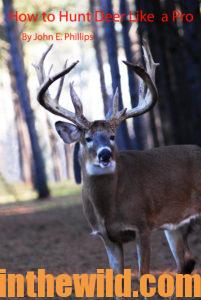
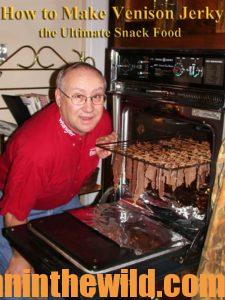 To learn more about hunting deer, go to John E. Phillips’s book, “How to Hunt Deer Like a Pro” at https://www.amazon.com/How-Hunt-Deer-Like-Pro-ebook/dp/B007D3H08M, available in Kindle, print and Audible versions. To receive your free book on “How to Make Venison Jerky,” go to https://www.dropbox.com/sh/itouigq8uvrh8u1/AADtiETp26LJ3uWNq__ioKrGa?dl=0.
To learn more about hunting deer, go to John E. Phillips’s book, “How to Hunt Deer Like a Pro” at https://www.amazon.com/How-Hunt-Deer-Like-Pro-ebook/dp/B007D3H08M, available in Kindle, print and Audible versions. To receive your free book on “How to Make Venison Jerky,” go to https://www.dropbox.com/sh/itouigq8uvrh8u1/AADtiETp26LJ3uWNq__ioKrGa?dl=0.
Tomorrow: Why Use a One Man Drive to Take Deer

